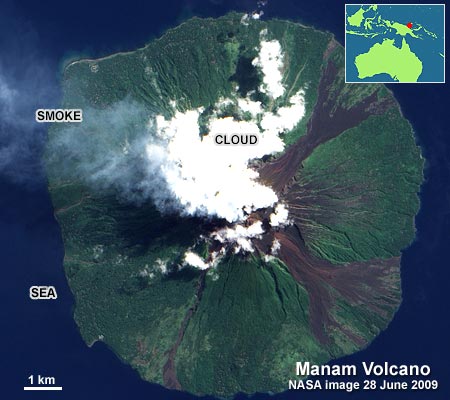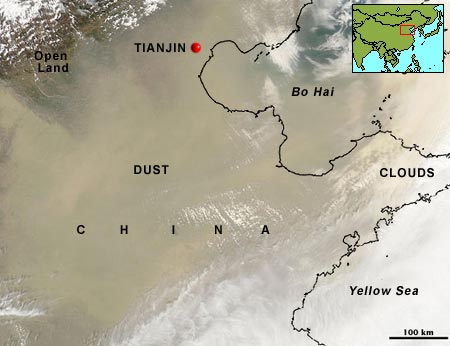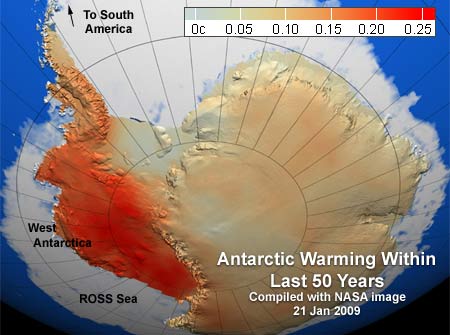



Geoguardian presents environmental contents based on satellite images and maps. This web site deals with environmental and related research interests and frequently update with latest environmental contents. Kithsiri Perera - USQ, QLD, Australia, 2005-2015
|
Environmental Contents Archive 2009 (selected)
Manam Volcano
2009/06/28

The spectacular view of Manam volcano, off the coast of Papua New Guinea has captured by the NASA’s Earth Observing – 1 satellite. The thin smoke over the northwest is smoke rising from the recent eruption. The thick white clouds formed by the water vapour released by the volcano have covered the peak of the mountain. According to the NASA web site, Manami is one of the deadliest and most active volcanoes in Papua New Guinea, which frequently kills people. In 1996 eruption, 13 villagers were killed and eruption in 2004 forced entire population of the island to evacuate. With about 10km in diameter, Manam Island has created by the volcano itself which rises up to 1807m.

Dust blanketed China
2009/04/24

Yellow dust is a historical environment hazard for millions of people in China. This MODIS image issued by NASA shows one of the latest dust events, which covered a huge region of east China including Bo Hai Sea and Tianjin city. The source of the dust storm is Taklimakan Desert, which located in northwest to the Bosai Sea area. According to the Chinese metrological information, this dust storm became the severest recorded so far in 2009. Researchers suspect that these dust storms are also carrying industrial pollutants in to populated areas in China and surrounding countries like Korea and Japan.

Warming Antarctic
2009/01/23

NASA released this image which shows a remarkable change in surface temperature in West Antarctic. As a result of satellite observation in last 50 years, the study concludes that not only in Antarctic Peninsula (area closer to South America), but also in the West Antarctica has recorded this warming condition. The reddest areas have recorded about 0.25C increase in within last 50 years. According to NASA reports, this satellite data based observation is matching with limited ground based observations available. Scientists are studying the possible impact to global climate from this change though lack of enough ground stations and very harsh climate in Antarctica are making limitations for such studies.
Read more: http://www.nasa.gov/topics/earth/features/warming_antarctica.html

|